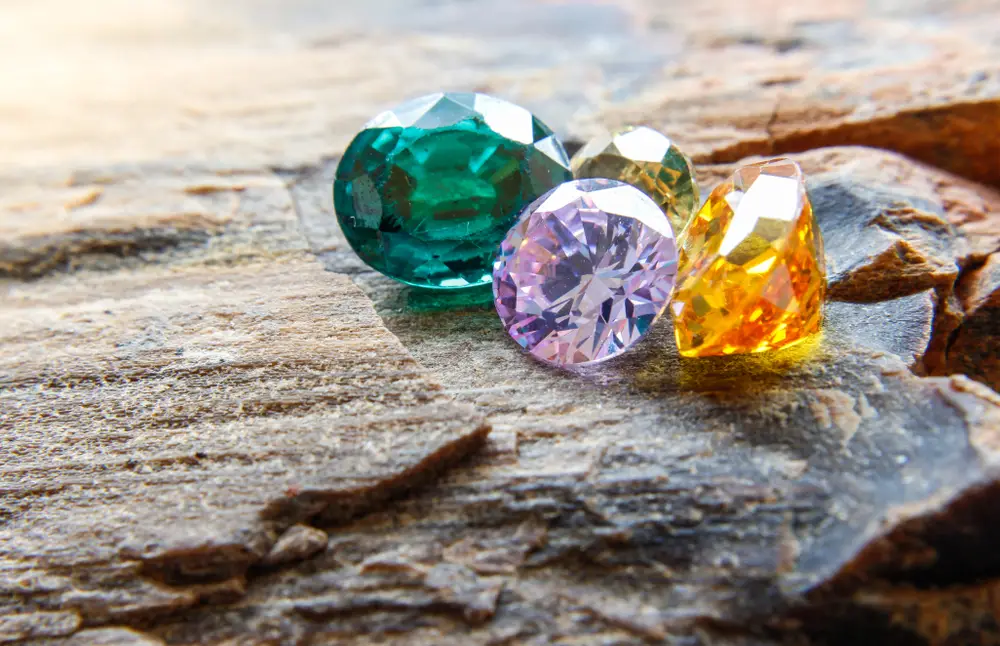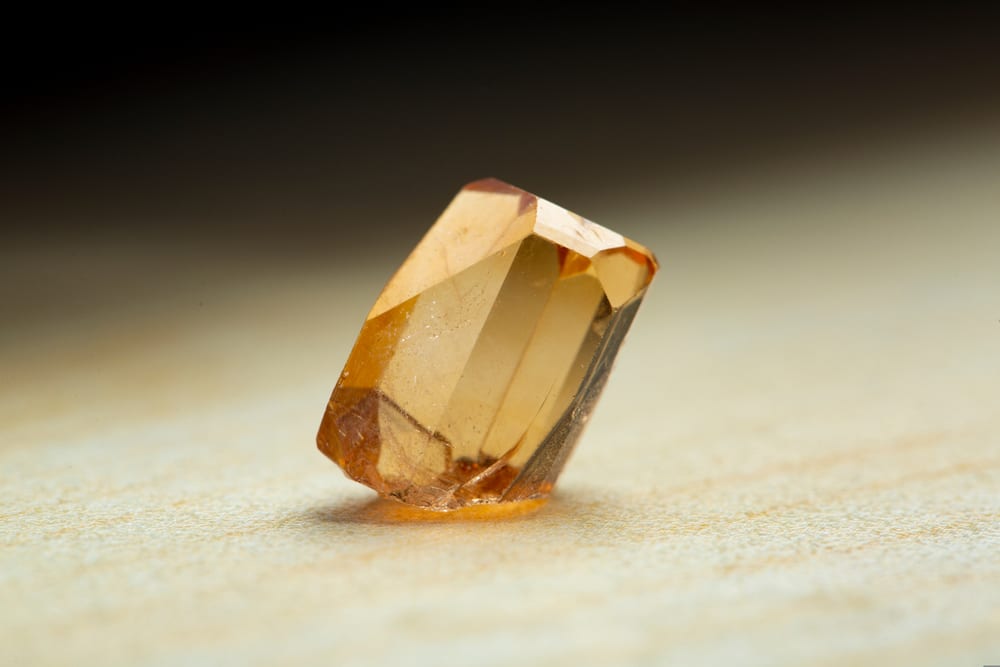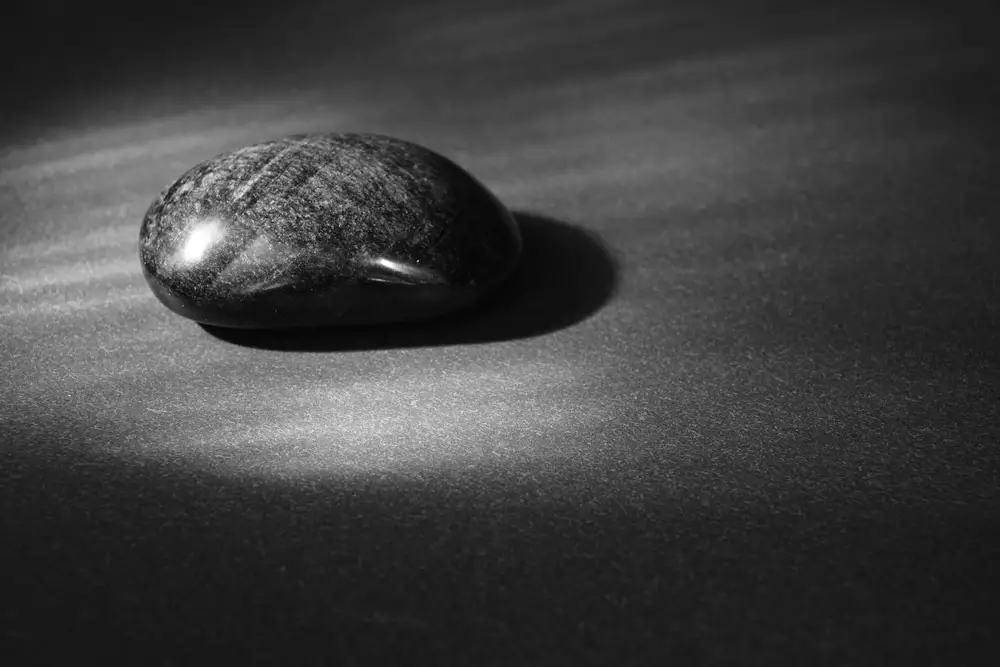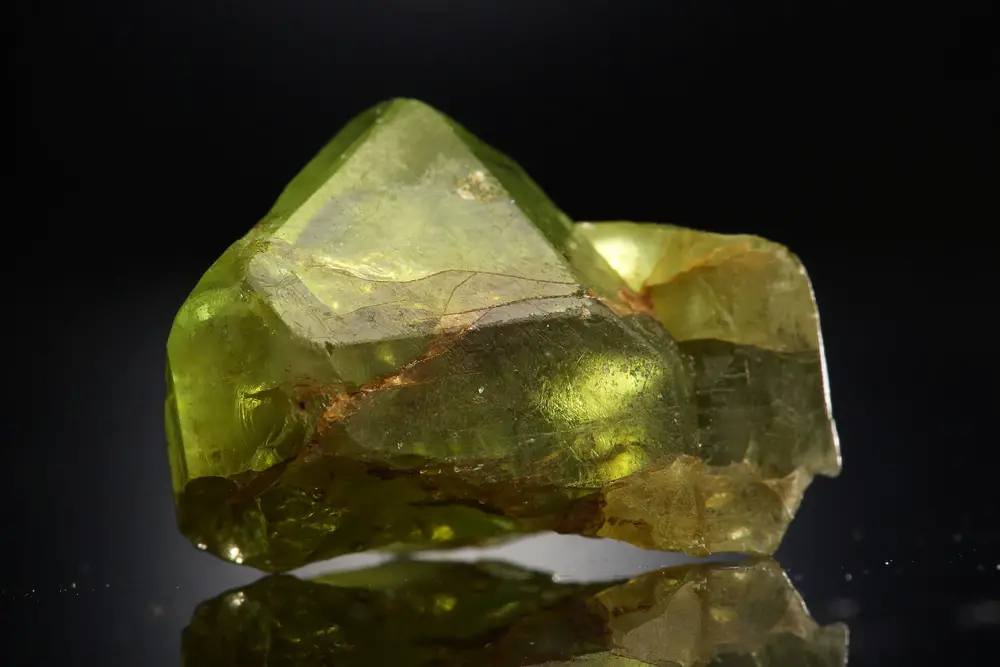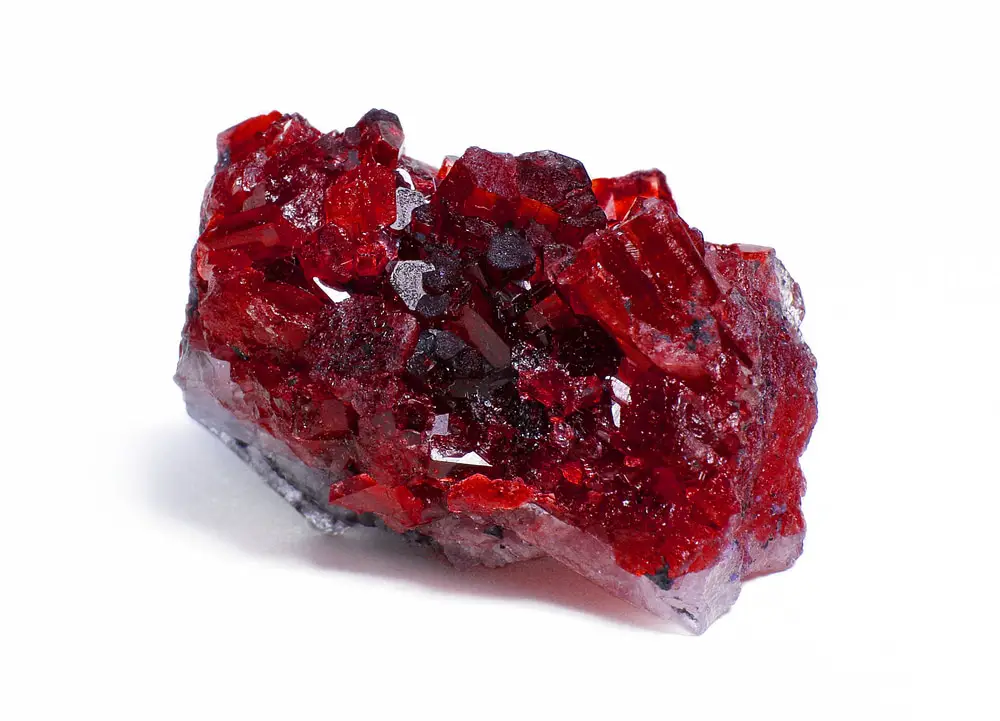Wherever you reside, there’s always a good chance that you have some precious rocks in your backyard.
13 Valuable Rocks You Can Find in Your Backyard
Here are 13 of the most popular semi-precious stones that might be in your backyard – Topaz, Quartz, Opal, Obsidian, Peridot, Garnet, Jade, Malachite, Amethyst, Turquoise, Tourmaline, Agate, and Jasper. Valuable rocks can often be found in sandy or muddy soil a few days after heavy rains. Use a black light at night when searching for fluorescent gemstones.
Creeks and riverbeds are probably the best places to look for gemstones. Carefully search near the banks of eroded streams and in shallow, flowing water.
The 13 Valuable Rocks You Can Find in Your Backyard
There are many precious stones on the surface of the Earth, but, to get them, one must first be able to recognize them.
You need to be aware of what is in your garden and yard. Many people walk right past rocks that have significant worth without ever realizing it.
Rockhounding (or rock hunting) may genuinely help you uncover some of the world’s most semiprecious stones. You do not need to be a rock collector to enjoy the fun of hunting for rocks in your garden.
Although some of these rocks are more prevalent than others, they are all examples of the type of rock that might be discovered on private land.
Having an idea of the many kinds of rocks that may be found is one of the ways that you can improve your chances of discovering valuable stones.
1. Topaz
The stone known as Topaz is quite tough. It has a reasonable price and is sold in enormous portions.
Topaz is known for having naturally translucent crystals. In addition, it has a variation that lacks color and is employed as a diamond imitator.
To a significant extent, the quality of Topaz may be determined by the color of the stone.
The pink variant is the most special Topaz, which may be found in high-end jewelry.
(Citrine, the more affordable alternative to Topaz, is commonly confused for Topaz.)
2. Quartz
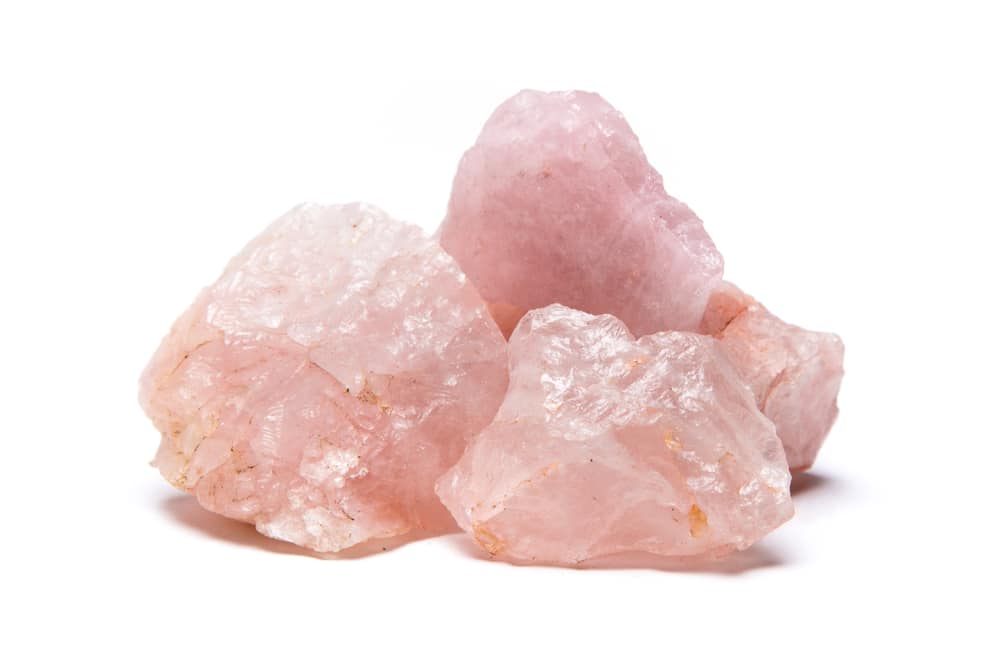
Quartz is a widespread stone, far more common than many people know. Despite this, it does have significant value.
Even the tiniest points are typically worth a few dollars apiece, and it is a highly uncommon occurrence for quartz points to form independently.
If you live in one of the regions where it is prevalent, you have the potential to make a financial ‘killing’ by doing some digging in your garden.
Quartz may typically be found in clay-type soils or bedrock. Sometimes it can be found in sand.
To a significant extent, it is determined by the geological features buried beneath your region’s ground. Especially considering the New Age attributions of various development patterns.
Rare samples have the potential to bring in a substantial amount of money.
In its natural state, Quartz is a macrocrystalline form of the mineral silica.
Crystals are easy to identify since they have six sides, an elongated form, and a pyramidal termination at their point of termination.
Depending on the geological makeup of the area, you can come across them in the shape of geodes, clusters, or even points.
Before you start breaking up the backyard, you must first investigate what is in the surrounding area.
3. Opal
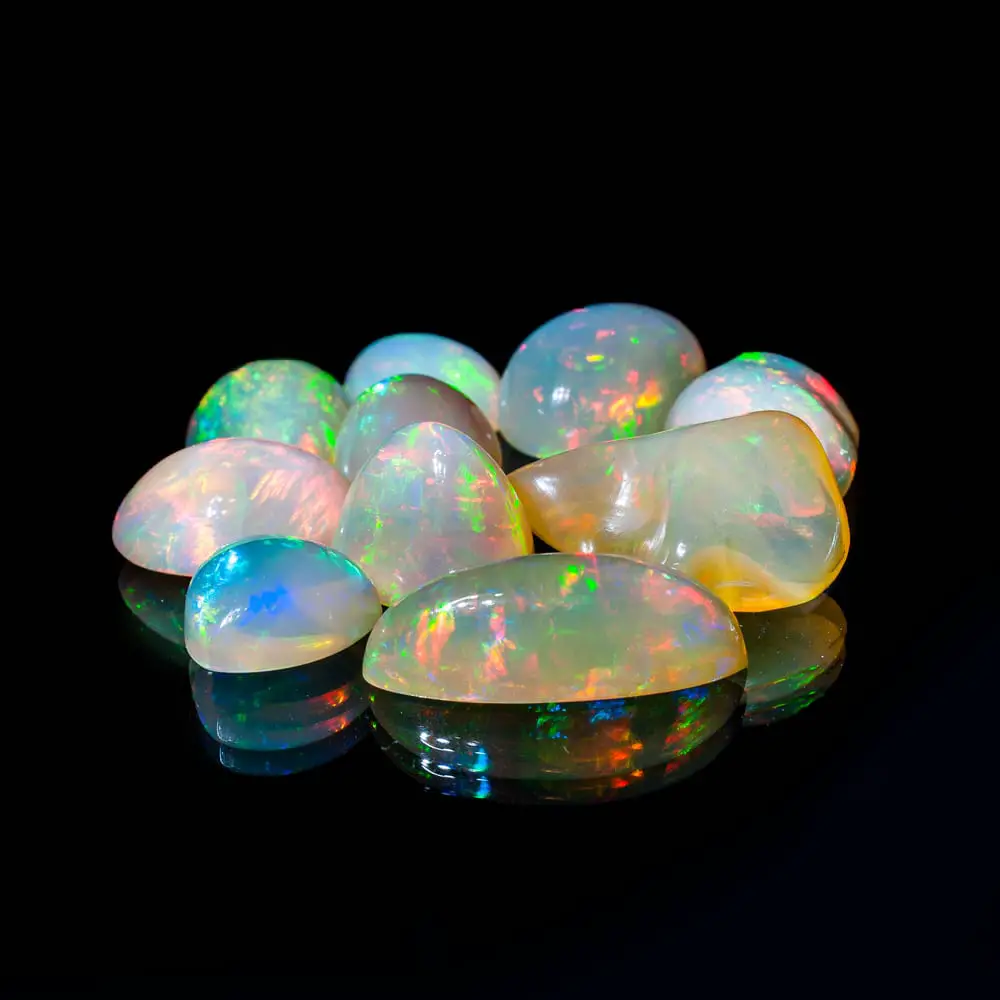
The beautiful stone, Opal, is made of silica and can reflect light. Certain extremely rare opals may be worth more than diamonds.
Opal is most frequently utilized in the production of jewelry and artworks. Stone carving is another use for this technique.
Opals are plentiful and easy to find due to their lustrous appearance.
The states of Nevada and California both have deposits of the stone known as the Opal.
The most expensive type of Opal is called a Prismatic Opal because, depending on how they are held up to the light, they may reflect every hue in the rainbow!
4. Obsidian
Obsidian is a kind of volcanic glass that may be found in a few locations around the United States.
Since it can be shaped into sharp edges with the application of some pressure, this type of glass was quite precious in the past.
It’s interesting to note that Obsidian was in high demand on the trade routes that spanned the South American continent before the arrival of Europeans. This is because it was used to perfect the flintknapping craft developed in that region.
Obsidian’s value is far lower than many of the other gemstones in this article. There is not much value in a little piece of it, and most of the time, you will only be able to earn $10–20 for a nodule of the substance that is the size of your hand.
Conversely, Obsidian can quickly and easily convert into cash through two different processes.
The first step is to track down the most uncommon specimens. The cost of items such as rainbow Obsidian is significantly more than that of standard black Obsidian.
The second method involves using a slab saw to cut the material into slabs and potentially arrowhead preforms.
Since they do not require polishing in the same way as show specimens do (and because polishing the material is a major nuisance), you will discover that flintknappers and lapidary artists will gladly take it from your hands and work it further.
It is not possible to find Obsidian in every location. Most of it may be found along the coasts of the Western United States and the Pacific Northwest.
Check in that area for any local deposits, even if most of them are located in the states of Oregon, California, and Nevada.
5. Peridot
Peridot is a gemstone that is often available and has a light yellow-green color.
It emits a dazzling green glow, the color of which varies according to the light source, contributing to the item’s widespread popularity among collectors.
Because of its diminutive size, the peridot is notoriously difficult to unearth from the soil.
When searching for this stone, it will be easier to detect its green shimmer if you wear a loupe.
(A loupe is used as a magnifying glass. It is worn close to the eye to see small details more closely. Loupes are superior to a magnifying glass as they obtain a higher magnification standard.)
The degree of color saturation shown by a peridot crystal is used to categorize the crystal’s quality. The more valuable a stone is, the more environmentally friendly it is.
The most typical color for peridots is yellow.
On the other side, brown streaks in peridots are an indicator of a low-grade stone.
6. Garnet
Finding garnet in your garden is possible, and the extraction process does not require specialized knowledge.
Jewelery and other forms of ornate items are the most popular used for this material. The three kinds of garnet that are found most frequently are almandine, pyrope, and rhodolite.
Almandine is the most readily available form and is most frequently applied in jewelry production.
Due to its varying degrees of hardness, garnet may be utilized as an abrasive. Garnet crystals that are on the harder side find applications in many different industries, including the steel and metal cutting sectors.
It is impossible to judge a garnet’s quality based on its appearance. Gemstones are often stained with various impurities, giving them a deeper hue. The reason for this is that gemstones have a higher value.
Crystals of a high grade are often clear and have a bright appearance.
7. Jade
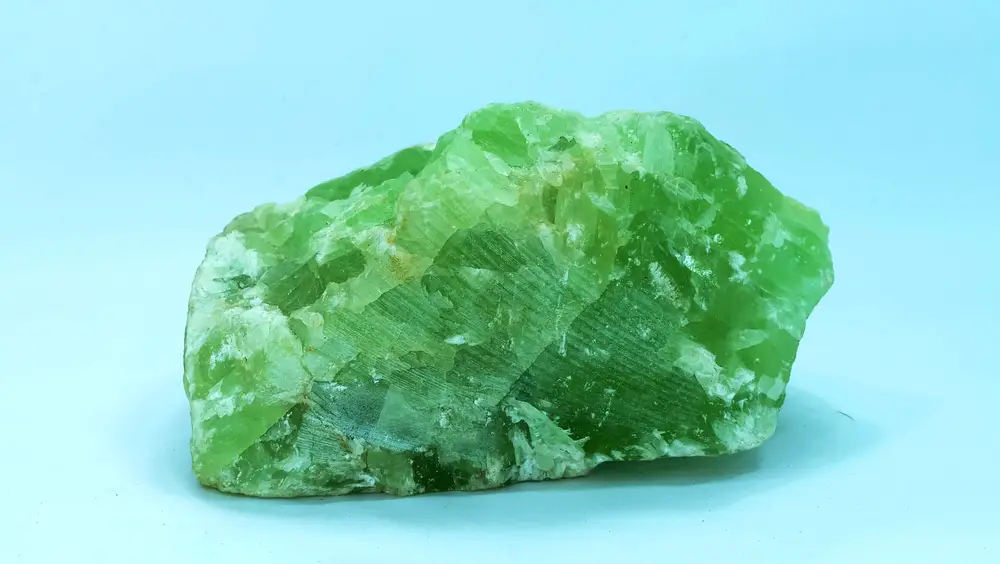
Jade is a type of semiprecious stone that has been fashioned into jewelry for countless generations.
The most common color of jade is green; however, it may also seem purple or even white in select areas. Nephrite and Jadeite are the two minerals that make up this material.
It is possible to cut sculptures and other tools out of it as well.
Because of the enormous demand for jade in China, this valuable gemstone is consistently ranked among the costliest gems available worldwide.
Imperial jade, a more extraordinary kind, has a green tint.
8. Malachite
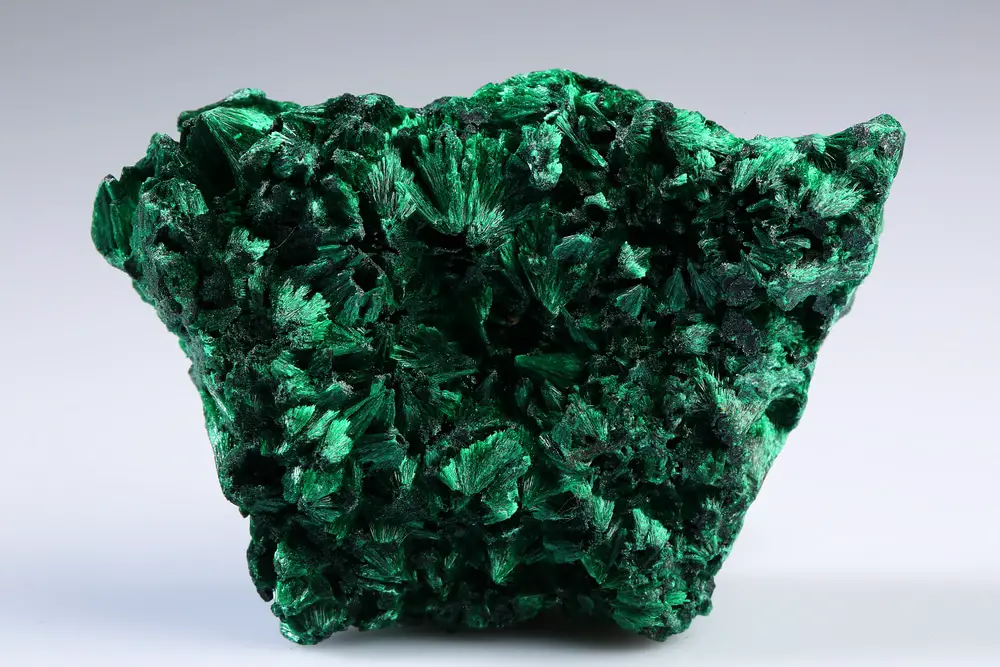
The surface of malachite is covered with opaque crystals with rings and dots that combine to produce surprising patterns. Malachite is created from limestone, and once it has been processed, it may be carved and used to form beads.
Malachite is often traded in large quantities at prices far lower than those of other valuable stones.
The clarity of its appearance and the prominence of its rings and spots indicate its overall excellence.
Each Malachite Crystal has its unique form and characteristics, which is something that many collectors appreciate.
9. Amethyst
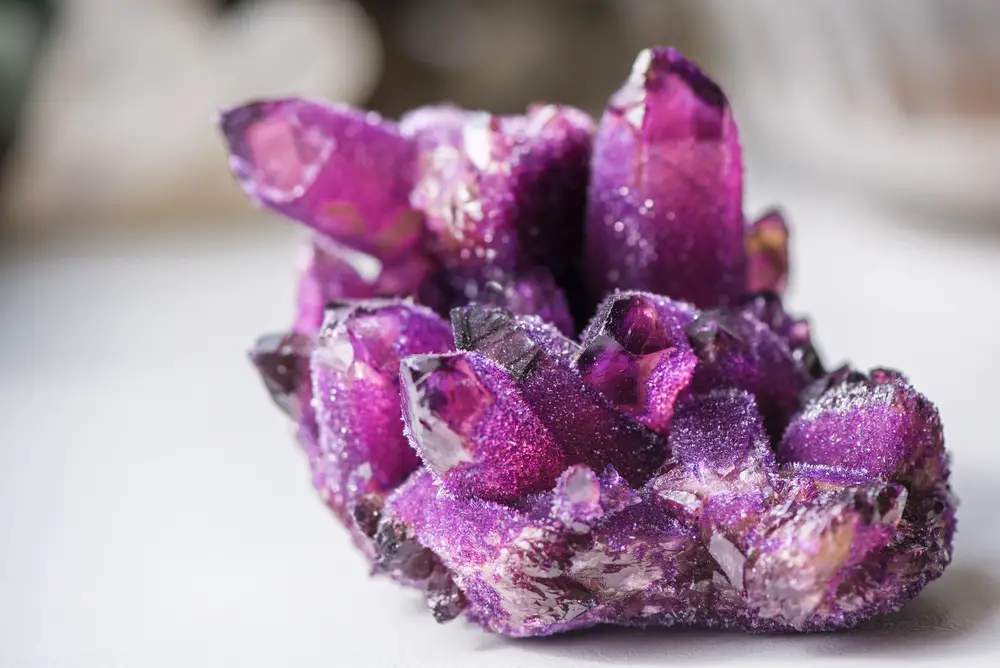
Quartz is the family that includes the highly precious Amethyst stone. Because of its gorgeous violet hue, it is ideally suited for use in producing pendants and earrings.
A rockhound can discover Amethyst in the states of Arizona, Colorado, Maine, and North Carolina. Outside of these states, you will not have much luck tracking down this expensive stone.
The hue of the stone determines the grade of an Amethyst.
The best Amethysts have a shade of purple that ranges from mild to deep. Darker tones are less desirable since they would not be effective at reflecting light since they require intense illumination to reflect light effectively.
10. Turquoise
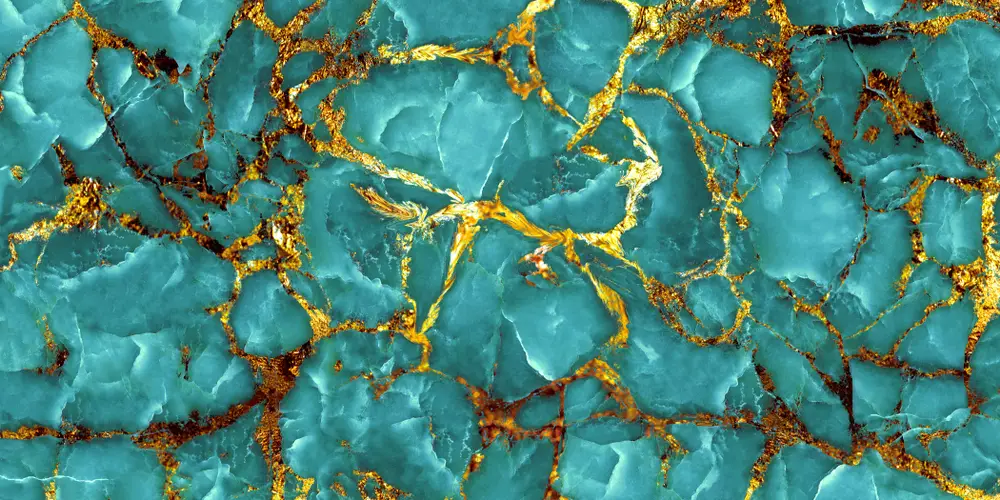
The allure of Turquoise might be attributed to its eye-catching color. Turquoise has many applications, such as jewelry, sculptures, and even tools.
On the other hand, Turquoise is exceptionally permeable and should only be cleaned with water. Additionally, it is photosensitive. Thus, it must be kept in a dark location while not in use.
The good news is that it does not change in any way after being worked on.
The most valuable Turquoise type, lander blue Turquoise, is also the most difficult to find.
There is a high demand for Turquoise crystals that have a dark blue color. However, because of this, there is now a significant shortage of this item around the world. Obviously, this sends the price up making the stone costlier.
11. Tourmaline

The dark kind of Tourmaline, known as Schorl, makes up the great bulk of the mineral.
Schorl has a value of its own, which may be measured in dollars for every smaller crystal that has been extracted from the matrix.
Larger clusters are going to bring in higher pricing.
However, the ultimate prize is massive, well-formed crystals with some of the matrix attached.
In most cases, Schorl is sold as a mineral specimen rather than a gem material. It does not matter how opaque the sample is, colored Tourmaline will always command a higher price.
Tourmaline may be found in a variety of locations, although not all of them include colored Tourmaline.
Schorl makes up more than 99% of the Tourmaline that is discovered, and you may find it even in locations that are recognized for producing high-quality gem material, like the mines outside of San Diego.
You have the option of carefully incising the matrix with a little chisel to separate the crystals from the matrix, or you can chip away as much rock as you can while still maintaining a base that is formed of the bedrock.
The later samples are typically more valuable than the former ones, particularly if they can be tracked to a particular site
12. Agate
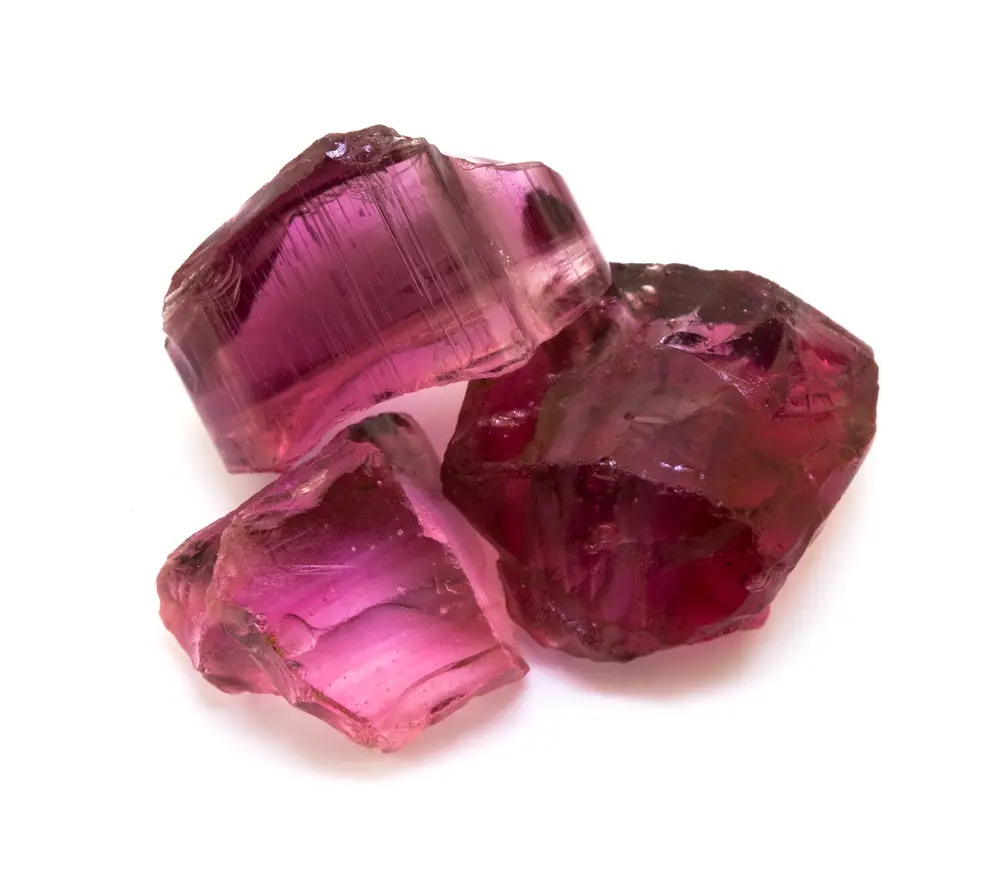
Agate is one of the stones that is not given the respect that it deserves.
In contrast to traditional gemstones, Agate never looks the same and lacks consistent coloring throughout.
Instead, it is made up of complex bands, “mosses” that are crystals like hornblende, and an astonishing variety of hues.
This is found in the form of tiny nodules that are dispersed throughout huge portions of the Earth’s surface.
Although somewhat more precious than average, Nipomo Agate does not even make it into the top ten most expensive Agates in the United States.
Slabbing most of the Agate will increase in value, but you should verify the prices on the platform you have selected before committing to anything more involved than slicing a nodule in half and cleaning the faces of both halves.
In many locations, Agate is the epitome of what one might call a “backyard find.”
Be on the lookout for spherical, somewhat irregular nodules that have areas that feel waxy, and keep an eye out for these telltale indicators.
Once you have trained your eye to spot them, you’ll be able to discover them everywhere – the quest for these rocks is one of the most exciting kinds.
13. Jasper
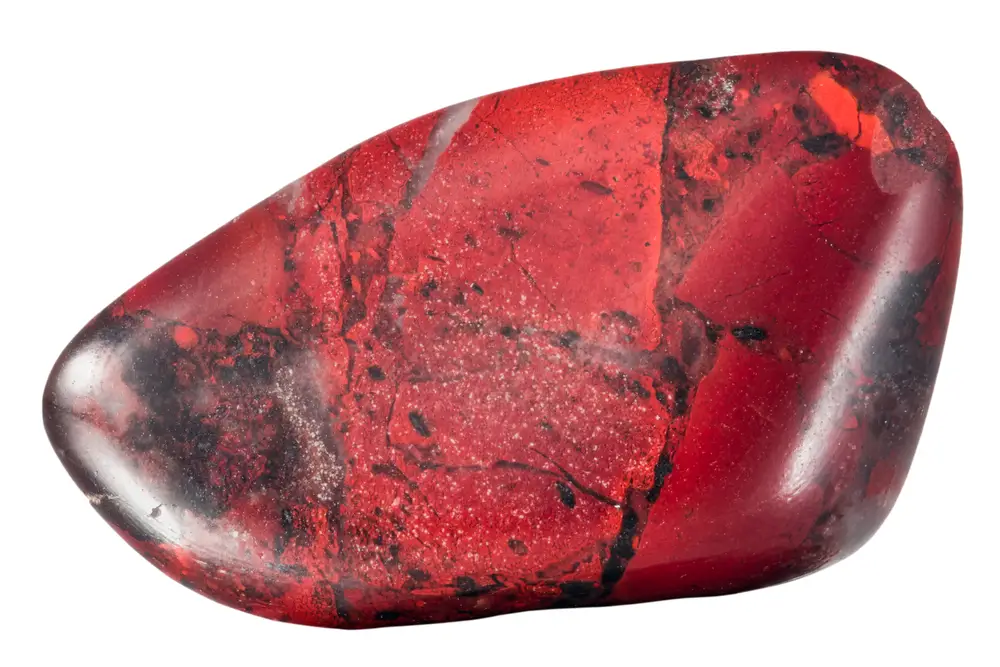
Even in thicker slices, Jasper maintains its opaque quality, but these slices frequently contain translucent areas due to the presence of chalcedony.
Jasper is opaque cryptocrystalline silica that is generally a red substance. However, the term “Jasper” has grown to designate a considerably more comprehensive range of colors and types
The colors, patterns, and, in certain cases, the geographic location determine the value of Jasper.
Particularly coveted are nodules that come from older stocks, which is excellent news if you happen to have access to the property in the vicinity of older mines but not on the actual mines themselves.
On the other hand, the price of Jaspers is competitive with that of diamonds and might represent a lucrative business opportunity!
Rare and unique nodules have the potential to bring in a significant amount of revenue.
Particularly if the nodule in question is a Jasper or an Agate that features alternating parts of transparent and opaque chalcedony.
You should look in riverways and gravel pits to see what kind of Jasper you can discover because it can be found in practically every state in variable proportions.
Other approaches include rocks that may be found in your garden and may not be as costly as diamonds, but they still have the potential to be lucrative, and many of these rocks are beautiful jewels that can be added to a collection.
Minerals are classified according to several different qualities, and having this knowledge can assist you in accessing and identifying the valuable stone that you discovered.
Crystal form, color, streak, specific gravity, habit, hardness, luster, and cut are some of the features that make up the substance.
After determining the type of rock, you wish to find – and whether or not it is a typical specimen in your garden – you can then begin searching for it.
How to Search Your Backyard for Valuable Rocks?
If you already know how to recognize rocks and have a certain variety of crystals in mind, then you can begin looking for them in your garden.
To increase your chances of finding expensive rocks in your garden, you should search the area and carefully examine any colored stones on the ground.
If your backyard is situated in an area which is close to bodies of water, such as ponds, lakes, or rivers, it will be an excellent spot to search for precious rocks. These kinds of rocks are easy to locate in your backyard and will probably show signs of erosion.
If a metal detector is made available to you, use that to search your backyard to unearth any precious rocks that may be buried there.
There are several types of precious rocks, including Quartz, which is often considered the most common form of valuable rock, Malachite, Opal, Peridot, Obsidian, Jade, and Garnet, which may all be found in a person’s backyard.
Final Thoughts on 13 Valuable Rocks You Can Find in Your Backyard
The mere thought that you could find some semiprecious (and costly) stones in your backyard should surely give you a great impetus to get out there and start the search.
Now you know what you’re looking for, we wish you a keen eye and patience. Who knows – there could be a treasure hidden in your backyard, right under your nose, just waiting to be found!
Happy Gemstone hunting!
Read More:

